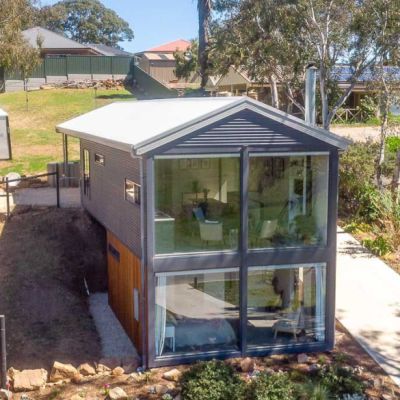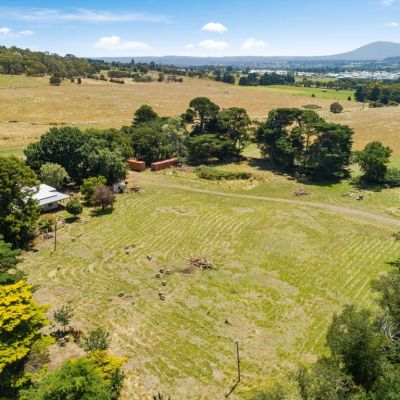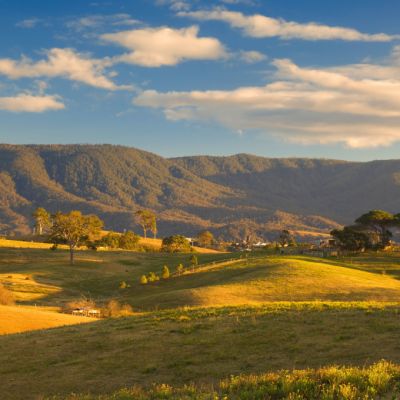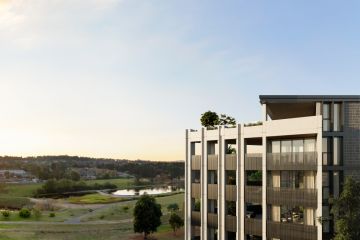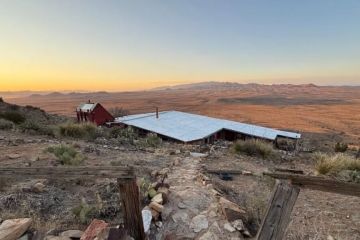‘Patch of paradise’: Property’s tree-change trend tipped to continue
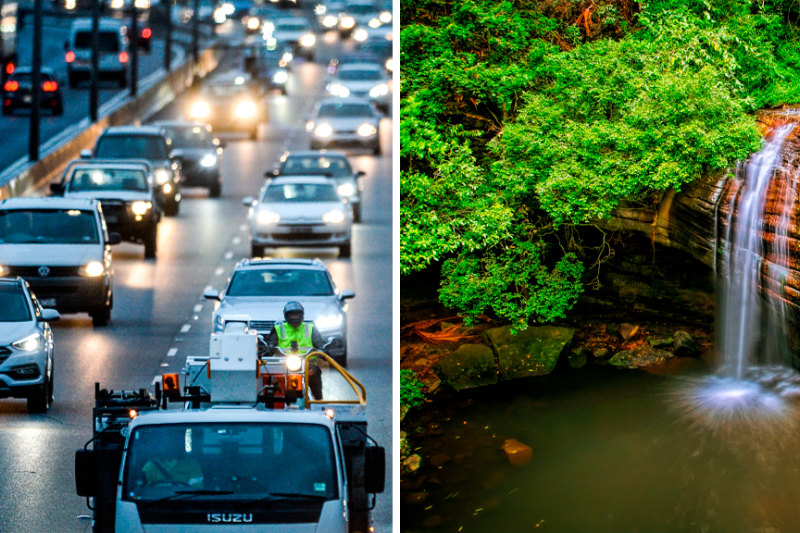
The booming tree-change trend in property is predicted to continue into 2022, even though homebuyers may be forced back to city offices if life returns to some kind of post-lockdown normality.
Agents say that while the pandemic and its related city lockdowns had prompted many people to move to regional areas over the past two years, there were few signs that the pattern would change in the short to medium term.

McCrindle Research social researcher Geoff Bailey said homebuyers would continue to move to tree-change areas in 2022, with flexible work options offering opportunities to work city jobs from a “patch of paradise” hours away.
“We will continue to see Australians who love a simple lifestyle – but who can also live their values, have less commute time and more time for self-care – make the move,” Mr Bailey said.
A slower pace of life was attracting homebuyers to the regions, as were cheaper house prices, particularly as median house prices in Sydney and Melbourne rose well beyond $1 million, he said.
The tree-change trend began in earnest when COVID-19 first hit, with the number of people moving to regions in 2020 reaching its highest net level since such records began, according to the Australian Bureau of Statistics.
The latest ABS figures show 233,100 people arrived to live in regional areas across Australia in 2020, equating to a total net migration of 43,000 people. That figure doesn’t include the number of people who also moved in 2021, which is yet to be published.
Queensland received the largest influx of tree-changers, with 16,970 people moving into regional areas in 2020 – almost triple the number of the year before, ABS data showed.
Mr Bailey said this migration north took place as people fled Sydney and Melbourne during those cities’ lockdowns.
“The difficulty of Melbourne’s extended lockdowns and Sydney’s long lockdown was a dampener on their reputations and saw people having an aspiration to move to safer spaces [such as Queensland],” he said.
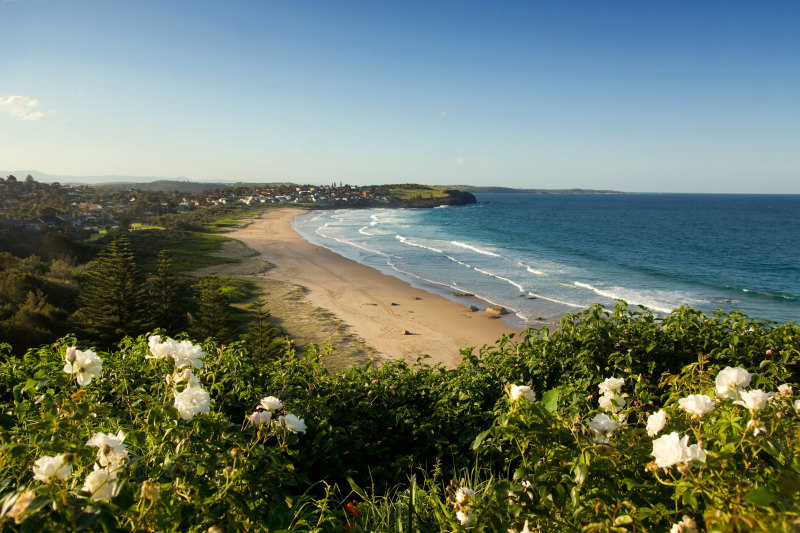
Throughout 2021, house prices in regional towns soared. The biggest rise from September 2020 to September 2021 was in the Victorian local government area of Hepburn, which includes Daylesford, where prices shot up 44.1 per cent to a house price median of $792,000 on Domain data. Kiama in NSW and the regional city of Wollongong recorded house prices rises of 40.9 per cent to reach a median of $1.36 million.
The LGA of Glamorgan/Spring Bay in Tasmania was up 39 per cent, while Victor Harbour in South Australia rose 23.1 per cent and Broome in Western Australia jumped 18.4 per cent to claim their respective states’ biggest regional house price rises.
In Gympie, north of Brisbane, house prices jumped 27.9 per cent to a median of $447,000, but it was still cheaper to buy there than any Australian capital city.
Harcourts Buderim selling agent Jarrad McCarthy said the reopening of the Queensland border would bring people interstate who had been locked out of the market, as they could not inspect properties in person, back to the market in 2022.

“Just from my observations, I expect incoming inquiries to continue into next year,” Mr McCarthy said, adding that buyers were mostly looking for larger houses and more space to breathe.
“Buyers are mostly looking for four-bedroom, two-bathroom homes, nothing extraordinary. They are highly sought-after because they fit the profile.”
Booming house prices in Sydney and Melbourne prompted people able to work from home to move within their own states, with many buyers selling up more expensive homes in the city and moving to cheaper locales to get more bang for their regional buck.
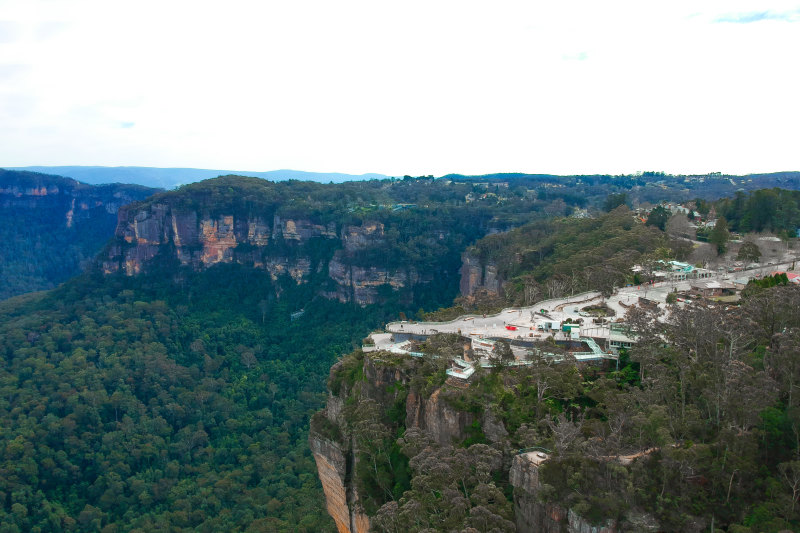
LJ Hooker head of research Mathew Tiller said he expected that dynamic to continue over the short to medium term in tree-change areas. These included the already popular Blue Mountains and Hunter Valley in NSW.
Such areas were popular as they were within commuting distance for those working in Sydney, he said: “People returning to the office will still be able to commute back.”
It’s a similar story in Victoria, where the shift to regional centres has continued to gain popularity.
Bound Real Estate Daylesford and Hepburn director and founder Rhys Nuttall agreed that tree-changing will be strong in 2022, given changes ushered in by COVID-19, including the ability to work from home.
“The trend will definitely continue into the next year and beyond,” Mr Nuttall said. “People are moving out of Melbourne for the sense of community and for the extra space.”
We recommend
We thought you might like
States
Capital Cities
Capital Cities - Rentals
Popular Areas
Allhomes
More
